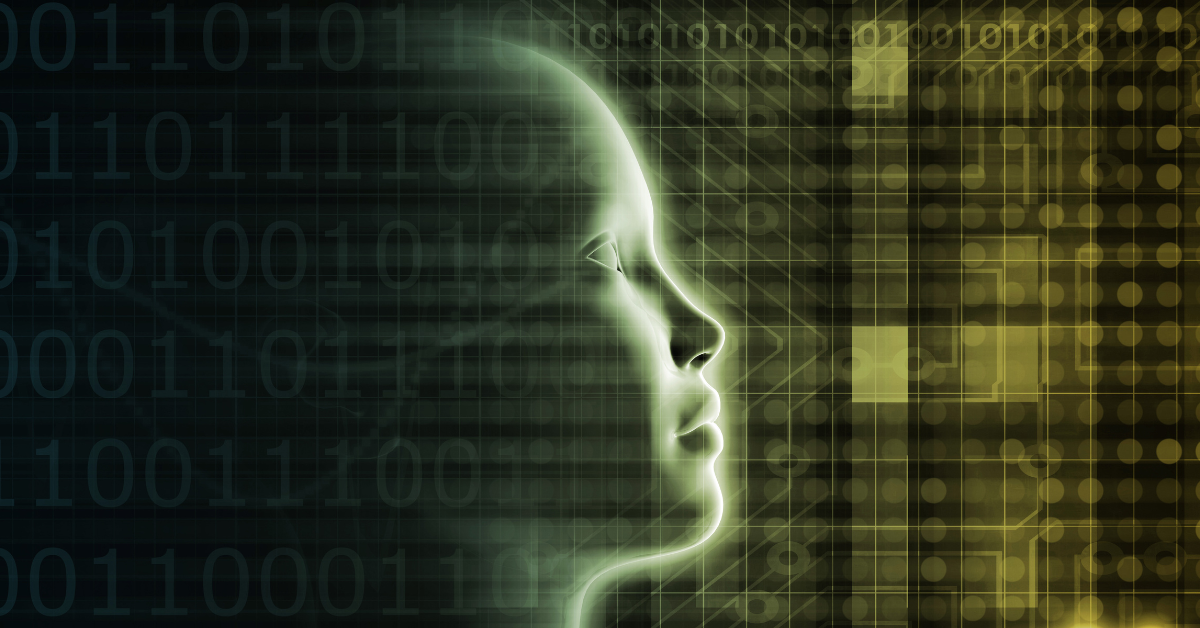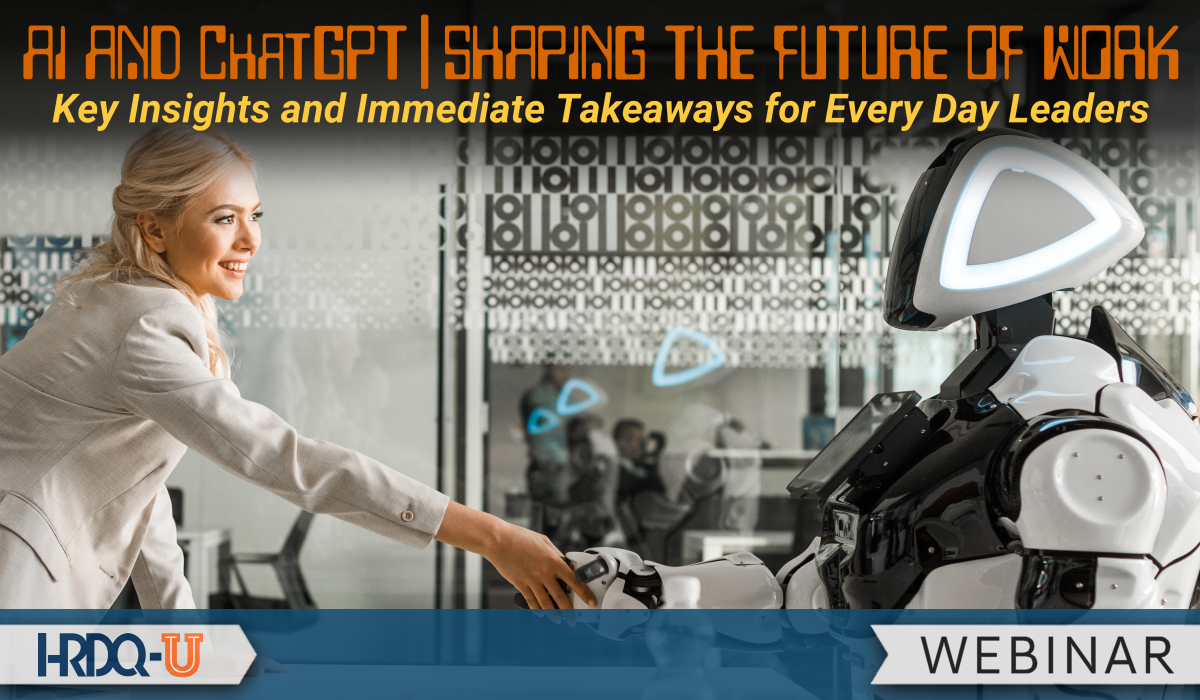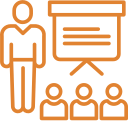The Future of Work: AI and ChatGPT
The future of work is a landscape heavily influenced by artificial intelligence, and ChatGPT is at the forefront of this transformation. Its ability to generate human-like responses has made it an invaluable asset across various industries and sectors. Whether it’s automating routine tasks, improving customer service, or aiding in employee training, ChatGPT is a versatile tool that holds the potential to redefine the way we conduct business.
1. Enhancing customer service
One of the standout applications of ChatGPT in the workplace is its role in improving customer service. ChatGPT can swiftly and accurately respond to customer queries, providing a level of service that is both efficient and customer-centric. Furthermore, it can serve as the foundation for creating chatbots capable of handling routine customer interactions. This, in turn, liberates customer service representatives to focus their expertise on more complex and nuanced customer issues, enhancing overall customer satisfaction.
2. Automating routine tasks
Another avenue where ChatGPT shines is in the automation of routine tasks. Mundane activities like data entry, scheduling, and appointment setting can be seamlessly delegated to ChatGPT. By shouldering these repetitive responsibilities, ChatGPT frees up valuable time for employees, allowing them to channel their energy and creativity into more strategic and high-impact endeavors. This shift towards automation not only boosts efficiency but also minimizes the risk of human errors.
3. Empowering employee training and development
Employee training and development benefit immensely from ChatGPT’s capabilities. By providing personalized feedback and guidance, it can assist in enhancing employee performance. Moreover, ChatGPT can be utilized to craft interactive training modules that facilitate effective learning of new skills and concepts. Its adaptability in tailoring content to individual needs makes it an ideal companion for professional growth and development.
4. Unleashing creativity
ChatGPT isn’t just about streamlining processes; it’s also a wellspring of creativity. Writers, designers, and innovators can employ ChatGPT as a tool for generating ideas and inspiration. It can suggest novel concepts for new projects or inject fresh perspectives into ongoing ones. Additionally, ChatGPT can contribute in real-time during brainstorming sessions, providing a plethora of responses that might spark innovative directions for teams to explore.
5. New ideas for brainstorming
Generate ideas and responses in real time during brainstorming sessions. They could provide ChatGPT with a prompt or topic, and it could generate a range of possible responses that could spark new ideas and directions for the team to explore.
ChatGPT Blog Insights
In a world where technology is a driving force, ChatGPT is redefining the landscape of work. Its versatility, ChatGPT, helps enhance customer service and automate routine tasks to aid employee development and foster creativity, positioning it as a transformative tool in our professional lives. As organizations continue to explore and integrate this technology into their operations, we can anticipate even more profound changes on the horizon. The era of ChatGPT is upon us, offering a glimpse into a future where productivity, efficiency, and creativity intersect seamlessly in the workplace.
















